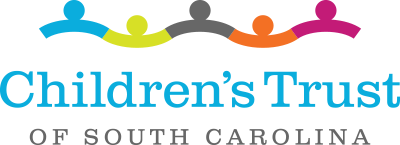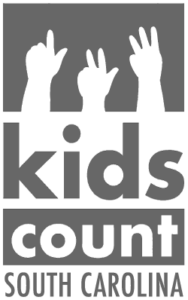May is National Water Safety Month, and Children’s Trust has started a Water Safety Coalition to mobilize statewide advocates as a way of raising awareness, increasing safety education and formulating policy that can help save lives. Neil White, who tells the stories of Children’s Trust, talked to coalition members Craig Keese and Michelle Zieg about the life-changing tragedies that led to their advocacy roles for water safety.
Michelle Zieg understands how quickly and quietly someone can drown.
Eight years ago, her 17-month-old son Brayden was playing with older brother Nathaniel when they slipped out the back door. Pregnant and not feeling well that summer day, she did not notice.
Once she and her husband realized the boys were out of sight, their search led to a horrible discovery. Brayden had fallen into the pool. And by the time an emergency crew arrived to provide CPR, it proved to be too late.
Heartbroken by the loss of her young son, Zieg, who resides in the Charleston area, channeled that sorrow into action by trying to help save other children and keep more families from feeling the devastating anguish she experienced.
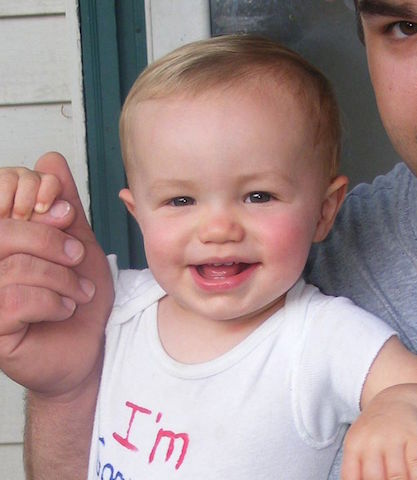
Brayden drowned in his family’s backyard pool in 2008.
The co-founder of Because of BRAYDEN, Zieg has joined a water safety coalition recently formed by Children’s Trust, home to Safe Kids South Carolina, to strategize how child drowning deaths can be prevented, create awareness and promote education around these safety efforts. The group will also recommend policy updates that can be turned into life-saving laws.
“It’s a part of my reality after losing our son,” she said. “We had an unprotected backyard pool. I made a lot of mistakes as a parent that I now know I made. So it’s important to me to educate families and make them aware of the simple steps that we believe can prevent another drowning from taking place. We want families to take those steps so they don’t repeat our mistakes.”
The group of 20 partners includes representatives from state agencies, community water safety organizations, and Safe Kids local affiliates throughout South Carolina. They hope to join efforts throughout May, which was declared Childhood Drowning Prevention Month in South Carolina by Gov. Nikki Haley.
Craig Keese also has joined the partnership. He, too, was touched by tragedy. His son, Brian, and 8-year-old grandson, Nathan, drowned in a boating accident in Missouri in 2010. They were not wearing life jackets when their boat capsized on a lake in stormy weather.
Now the president of the Brian and Nathan Keese Water Safety Organization, he also has become a strong advocate for boating and water safety, especially as it relates to the need to wear life jackets. Keese, who has agonized over why his son and grandson weren’t wearing life jackets that day as they normally did, has worked tirelessly to get life jacket loaner stations placed at lakes around South Carolina.
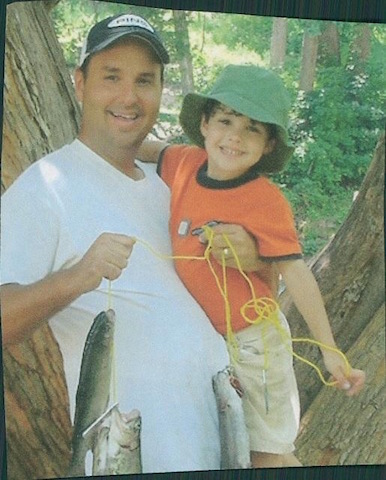
Brian and Nathan Keese drowned in a boating accident while fishing on a Missouri lake in 2010.
Calling his efforts therapeutic, Keese, who still gets emotional when discussing their passing, knew he had to do something.
“It’s a catharsis from a standpoint of just coping with my loss. It’s been six years, but it’s just like it was yesterday,” Keese said. “Having the loss of a son and a grandson in an absolutely preventable accident, I said, ‘How do I, and my family, live life going forward?’
“We made a decision that this is going to be a part of it. This is a way for me to try to make a difference. I can give back. I can get things done. I’m a very strong advocate of addressing grief in that fashion, moving forward and doing something positive with it.”
Several factors are driving the work of the Water Safety Coalition. With drowning the No. 1 cause of accidental injuries related to death among children ages 1-4, many community partners wanted to combine forces. Momentum had already begun due to Keese – with the support of Duke Energy – spearheading the life jacket loaner board program.
Heidi Aakjer, the South Carolina Safe Kids manager, asked this diverse group of stakeholders to work together through Children’s Trust.
“We’re encouraging all participants to undertake the specific areas where they excel. The coalition gives them a forum to support the work of each other and coordinate their actions,” Aakjer said. “This will create an impact on reducing the number of children dying that is 100 percent preventable.”
The group has met twice this spring leading into National Water Safety Month.
As the weather warms up, pools are opening and families are headed to beaches and lakes in South Carolina. The coalition wants parents to keep a watchful eye out at all times and their children not to go near water without adult supervision.
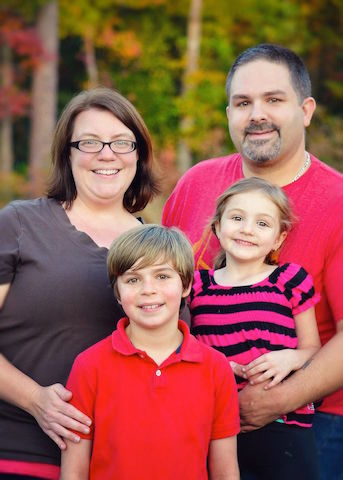
The Zieg family, Michelle, husband Jacob, children Nathaniel and Elliana, supports water safety through Because of BRAYDEN.
Most importantly, they want to join forces so their message about water safety can be heard in every corner of the state.
“That’s a huge piece to this. The more people that come together, the louder the voice will be. Having these people come together is only going to make a bigger impact,” Zieg said. “There are so many important pieces to the puzzle, and by coming together, the more we’re going to able to reach people. None of us can do as much by ourselves as we can together.”
She likes how the various partners have different resources, different connections, and different areas of expertise, which can only lead to more awareness being raised and a better-informed public.
“We’re working to get this conversation started,” Zieg said. “Drowning is not something families talk about. Water safety is not something that typically comes up very often. We don’t think about it.”
Keese stated that a larger interconnected effort is needed to encompass every area of water safety. He noted that education is only one component, life jacket loaner boards are only one component, and laws and regulations are only one component. He wants to look at data-driven success rates in proven programs that can set an example for where their efforts need to go.
“It takes a common denominator of passion across the board. Hey, this is our objective, and one way or another, we’re going to get there,” Keese said.

Craig Keese
Zieg pointed out how drownings can occur in so many ways, from buckets to bathtubs to pools to ponds to creeks to lakes to rivers to oceans. She said education about the hazards of water and the needed vigilance around it are the primary ways to combat accidents.
“We are around water, and as families and parents, we think it will never happen to us. Yes, water is enjoyable and fun and a wonderful thing, but we need to take the steps to make sure we’re as prepared and safe as we need to be around the water,” Zieg said. “We have to get our children talking about not going near water without that grownup. We have to talk about what barriers we have in place and have our life jackets ready when we get out on that boat having fun with friends.”
She added that parents must be as aware of water safety as they are of child passenger safety with car seats and seat belts.
“We want it to be at the forefront of people’s minds,” she said.

